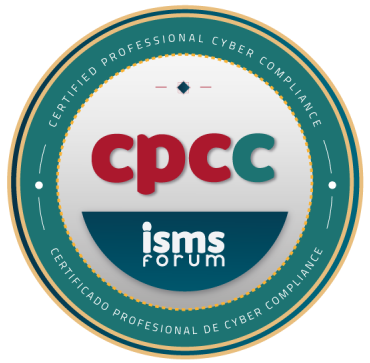Security Strategy
We are living in an era of Digital Transformation and the technology around us continually reminds us of this. Each update of our mobile phone brings new and more advanced functions; The smart watch that we wear on our wrist is capable of anticipating our next move or even our new car knows what our destination is going to be before we even tell it. From the user's point of view, all these advances help us in our daily lives: to be more efficient, more productive or to relate more quickly with others.
But at the same time they make us increasingly dependent on technology, a technology that if not safe can have serious consequences for the citizens, companies or governments that use it. The line between benefits and risks is sometimes very fine, and sometimes it just depends on something as simple as have the right security strategy.

From Transformation to Acceleration
This era of Transformation is truly a era of an era of acceleration: Everything is going faster and faster, and to be competitive, companies have to continually develop new products using paradigms based on agile methodologies. But attackers have also accelerated their methods, and thanks to these new technologies they are increasingly able to find and exploit vulnerabilities faster and faster. It is estimated that the “Time to Know Exploitation”, or TTKE (time from publication of a vulnerability until it begins to be exploited) has been reduced by 87% since 2020. A recent study by the company Rapid7 (The Annual Vulnerability Intelligence Report: 2022 Edition | Rapid7) estimates that the 56% of the vulnerabilities begin to be exploited in less than a week after being published and becoming known.
In a world like today's, where everything is hyperconnected, the Impact of exploiting a vulnerability can be critical for an organization if it does not have a strong security strategy.
A good security strategy helps organizations remain competitive and develop in the digital world, but at the same time incorporating all the necessary security requirements from the design, and thus be able to meet the expectations of regulators and their clients.

Security by Design: Security always comes first
Security begins long before thinking about the product or service to be developed, It must be a fundamental part of the design. Implementing security in later phases is always more expensive, slower and therefore inefficient. It is essential to understand the threats we face to deploy the necessary measures during development, and a good security strategy will guide us. That is the main value of a good Security strategy: maximize the benefit of investments, ensuring that the organization has the appropriate framework, resources and controls to ensure the greatest possible risk reduction.
Throughout the course we will study the fundamental concepts of a security strategy and how to carry out the current maturity analysis of an organization to later bring it to a state of objective maturity thanks to a security strategy adapted to the organization's environment. It will be essential to know and be able to apply work regulations and international standards such as NIST, CIS or ISO, as well as the governance framework for the supervision and continuous improvement of the strategy.
Learn much more in our Professional Master in Cybersecurity, Ethical Hacking and Offensive Security.



































